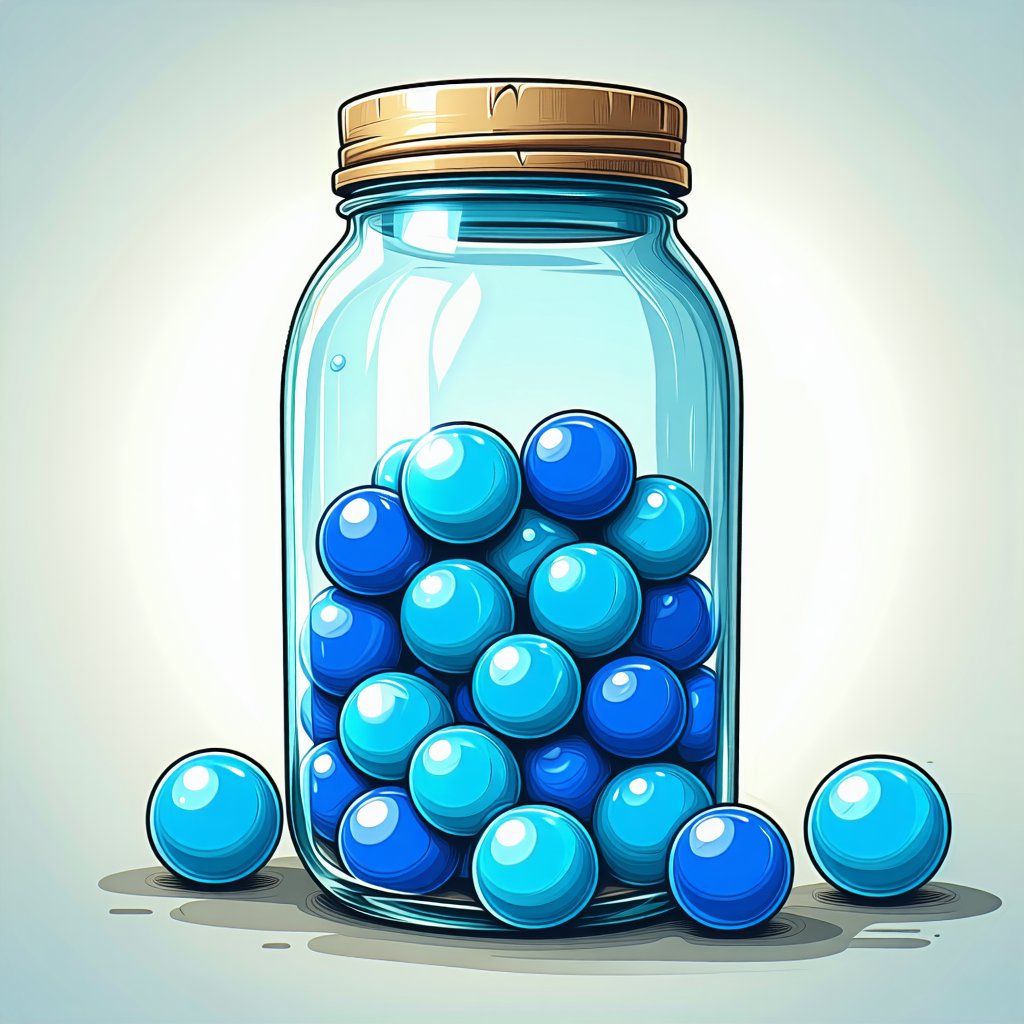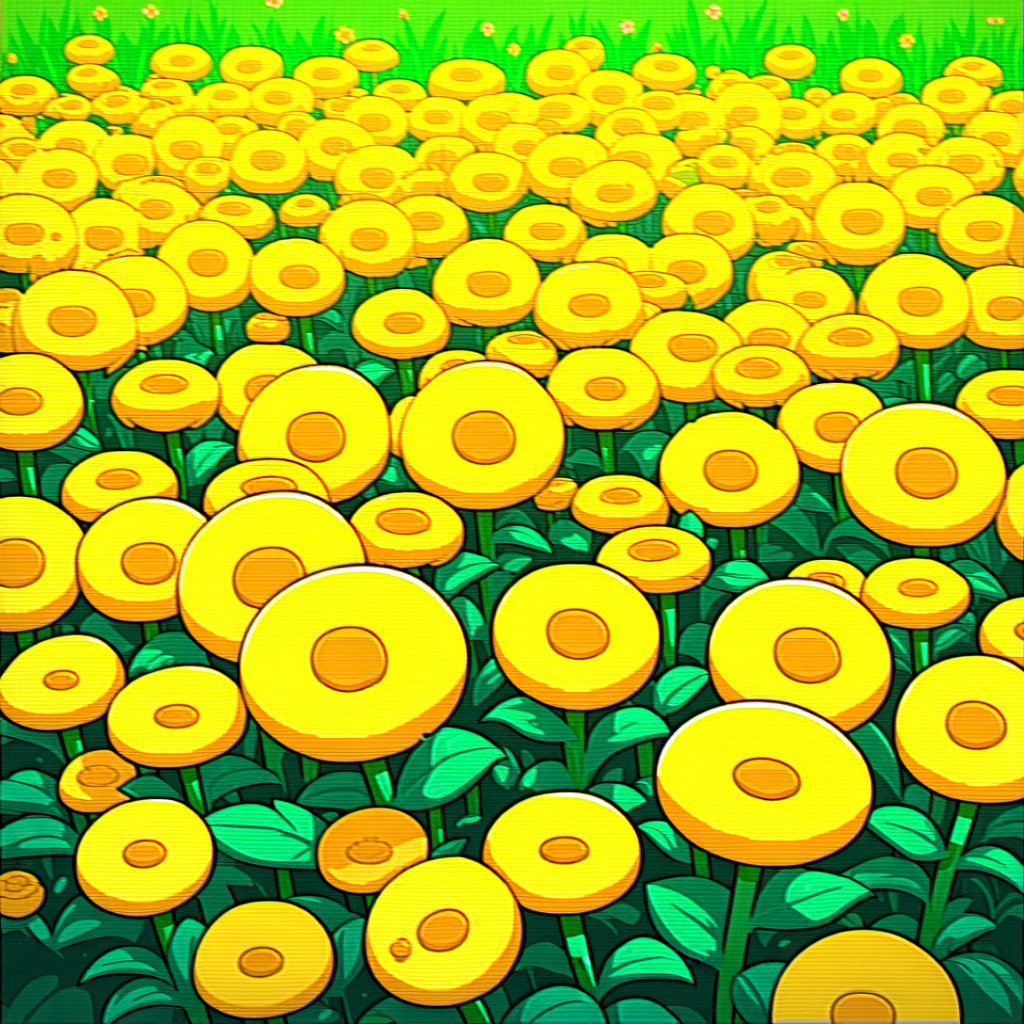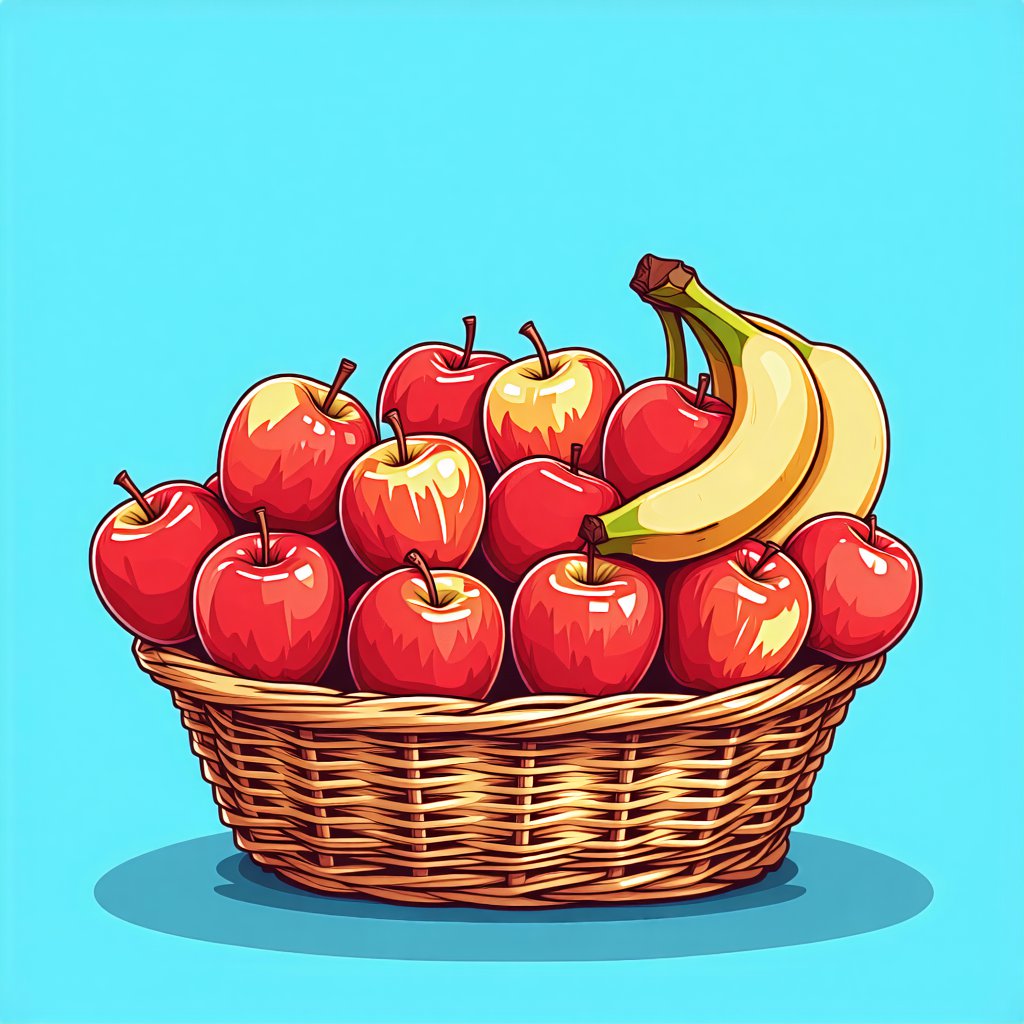prevalence
Think about a big jar filled with lots of colorful marbles. If we want to know how many blue marbles there are compared to all the marbles, we count them. Prevalence is like saying, ‘Out of all these marbles, this many are blue.’ It tells us how common something is in a group. Now, imagine a garden full of different flowers. If you look at the garden and see that most of the flowers are yellow, you can say yellow flowers have high prevalence. It’s a way to see which flowers you see the most.
Now, imagine a garden full of different flowers. If you look at the garden and see that most of the flowers are yellow, you can say yellow flowers have high prevalence. It’s a way to see which flowers you see the most. Picture a classroom full of kids, some wearing hats. If lots of kids wear hats, the hats have a high prevalence in the classroom. It helps us understand how many kids like wearing hats compared to those who don’t.
Picture a classroom full of kids, some wearing hats. If lots of kids wear hats, the hats have a high prevalence in the classroom. It helps us understand how many kids like wearing hats compared to those who don’t. In a basket of fruits, if there are many apples and only a few bananas, apples have a high prevalence. This means that out of all the fruits, apples are the most common. Prevalence helps us see what there is more of in a group.
In a basket of fruits, if there are many apples and only a few bananas, apples have a high prevalence. This means that out of all the fruits, apples are the most common. Prevalence helps us see what there is more of in a group.